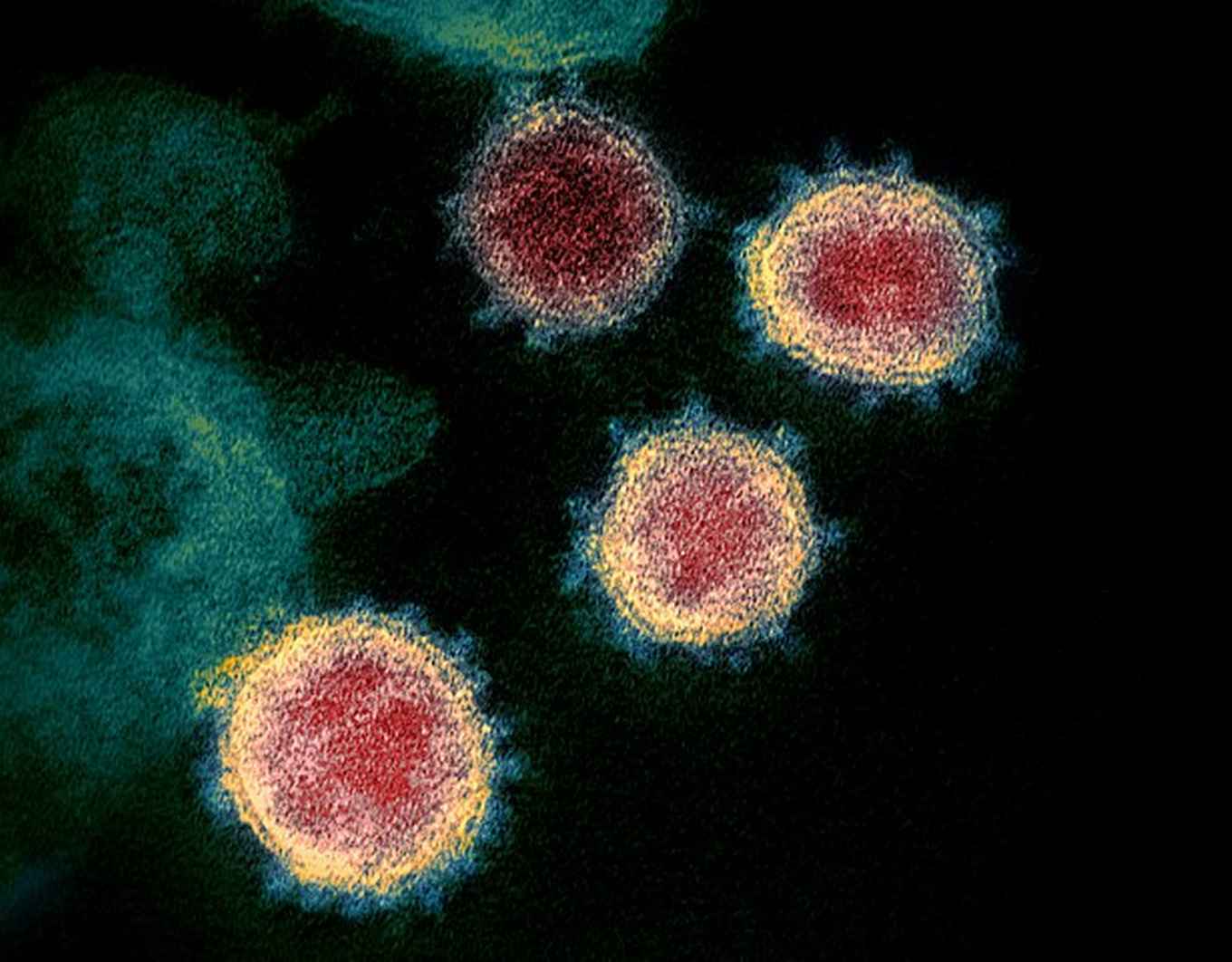Coronavirus: the risk of aerosols
27 October 2020

The research was carried out by physicist Daniel Bonn and his research group (UvA-IoP) together with medical researchers Aernout Somsen (CCN), Lia van der Hoek and Reinout Bem (Amsterdam UMC). The findings were published in Physics of Fluids this week.
The risk of microdroplets
A key way in which the coronavirus can be transmitted, is via the inhalation of aerosols, droplets that are contaminated by the virus. Such droplets can be emitted by speech, coughs, or sneezes. It is well-known that the larger ones among these droplets, which also contain the largest number of viruses, quickly settle to the ground and therefore pose little risk to masked and distanced people. The smaller microdroplets, however, can float in the air for many minutes. As a result, the extent to which these droplets play a role in coronavirus transmission has come under debate.
Using state-of-the-art imaging methods and models based on physics, the researchers investigated precisely how long microdroplets from speech, coughs or sneezes can float in the air. This allowed them to directly study the role of aerosols in transmission of the virus. It was found that for people with mild symptoms, aerosol particles are generally a rather inefficient way to transmit the virus. However, in confined and poorly ventilated settings in which continuous coughing, speaking and sneezing are taking place, the findings do point to an increased likelihood of virus transmission by microdroplets. Moreover, superspreader persons were shown to produce almost 20 times as many aerosols as normal persons, and therefore can form a greater risk.
The advice of the researchers in a nutshell: stay distanced, stay masked, and stay healthy!
Publication
Aerosol persistence in relation to possible transmission of SARS-CoV-2, Scott H. Smith, G. Aernout Somsen, Cees van Rijn, Stefan Kooij, Lia van der Hoek, Reinout A. Bem and Daniel Bonn, Phys. Fluids 32, 107108 (2020); doi: 10.1063/5.0027844.